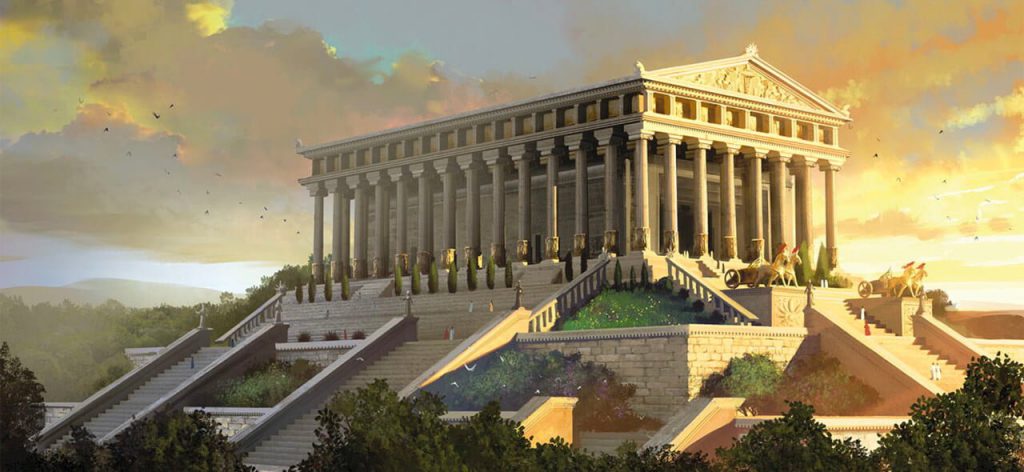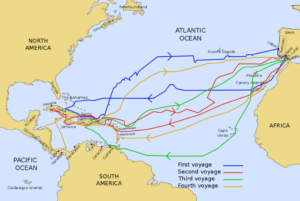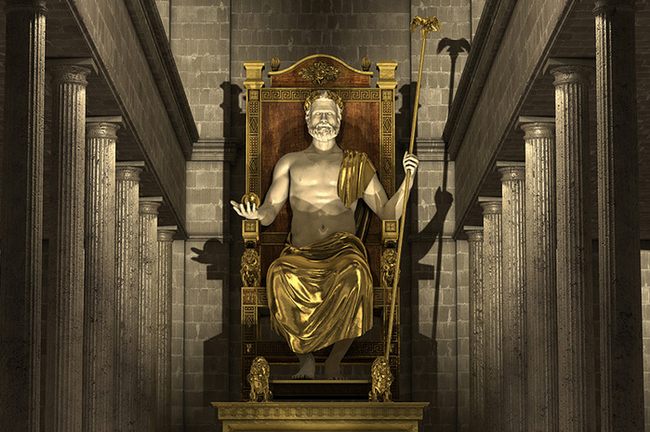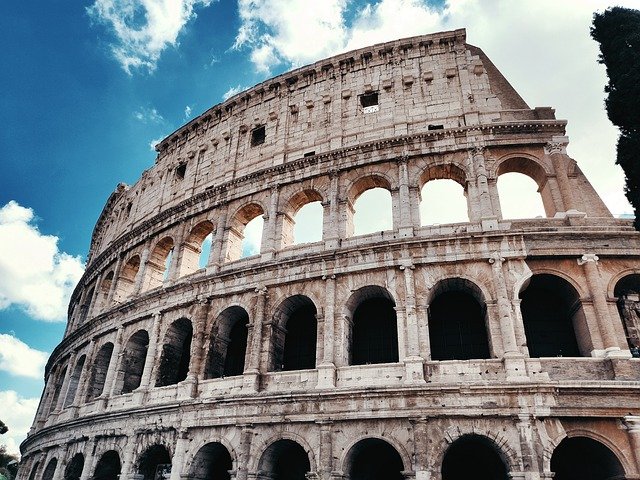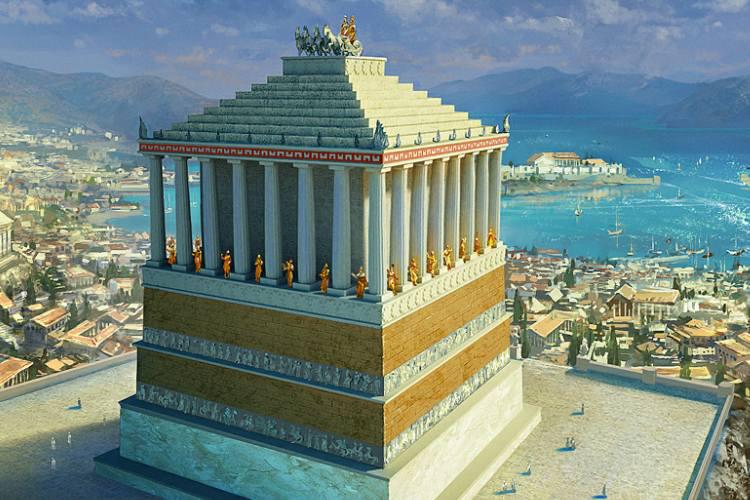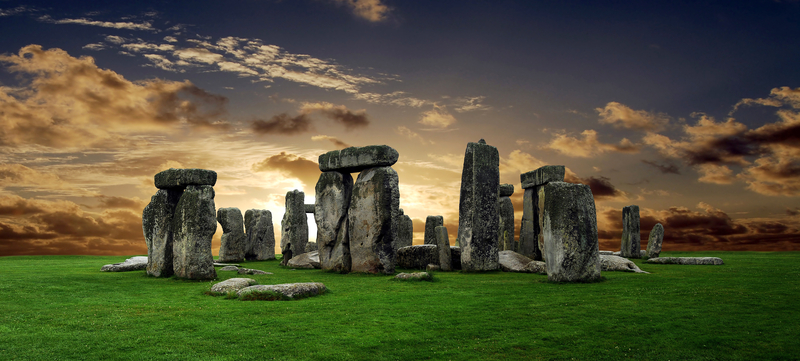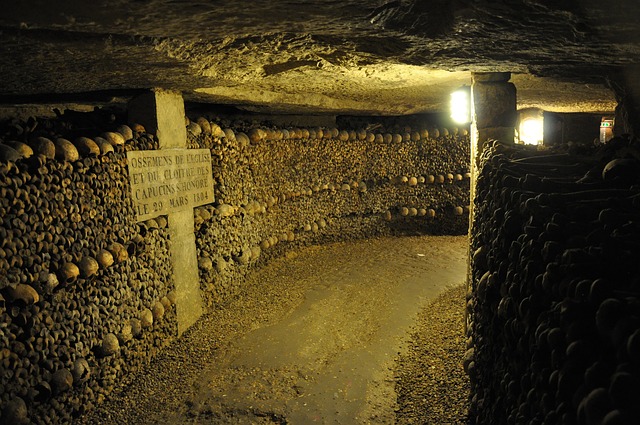What is the Temple of Artemis at Ephesus?
The Temple of Artemis at Ephesus is a part of a collection known as the Seven Wonders of the Ancient World. The Temple of Artemis was sited in Ephesus, which is a part of modern day Turkey. The temple was reconstructed three times before 401 AD, when the temple was destroyed for the final time. The only remnants of the temple are some of the sculpture fragments and bits of foundation that can be seen on site or at the London British Museum. The Temple of Artemis at Ephesus is believed to be the first temple constructed with marble.
The Legend of Artemis
In Ephesus, the Goddess Artemis was worshipped. It is believed that the first shrines to the goddess were created around 800 BC on marshy strips of land near a river. The Ephesus Artemis, or Diana, isn’t quite the same goddess that was worshipped in Greece. While the Greek Artemis was a hunter and goddess of the wild hunt, the Ephesus Artemis/Diana was a fertility goddess. The Ephesus Artemis was often portrayed with multiple breasts and eggs, which were considered signs of fertility.
Building the Temple
There isn’t a lot of information pertaining to the first building of the Temple of Artemis. It was determined by modern archeologists that the site of the temple had sufficient evidence to suggest that three successful temple attempts were conducted. There were indications that the temple had stood during the Bronze Age.
The second phase of the temple building was sponsored by Croesus, who founded the Lydian empire and was the current overlord of Ephesus during the time. It is believed that the second phase of construction started during 550 BC. The architect for the project was a Cretan known as Chersiphron and his son and helper Metagenes. The dimensions of the temple were 115m long, 46m wide, and built exclusively using marble. The columns were 13m high in a double row formation. There were a total of 36 columns that all were decorated with extensive carvings. Visitors would pay homage to the goddess Artemis with various goods and jewelry. The temple became a spectacle of legend, having boasted protecting Heracles, the Amazons, and Dionysus. The second phase temple met destruction in 356 BC by arsonist Herostratus. This time coincided with the birth of Alexander the Great, so many faithful people believed that Artemis was busy supervising the birth of Alexander the Great to protect her temple.
The third and final phase of the Temple of Artemis commenced in 323 BC. The final incarnation of the Temple of Artemis was larger than its predecessors at 137m long, 69m wide, and 18m high. The third temple had over 127 columns. This version of the Temple of Artemis is referenced in the Christian Bible around the time of John. In 268 AD, the temple was destroyed for the final time during a raid orchestrated by the East Germanic Goths.
The legacy of the Temple of Artemis lives on. There has been speculation that some of the columns presiding in the Hagia Sophia, were believed to have once been a part of the Temple of Artemis. Many other architectural buildings throughout Constantinople have also boasted bearing pieces of the infamous Temple of Artemis.















